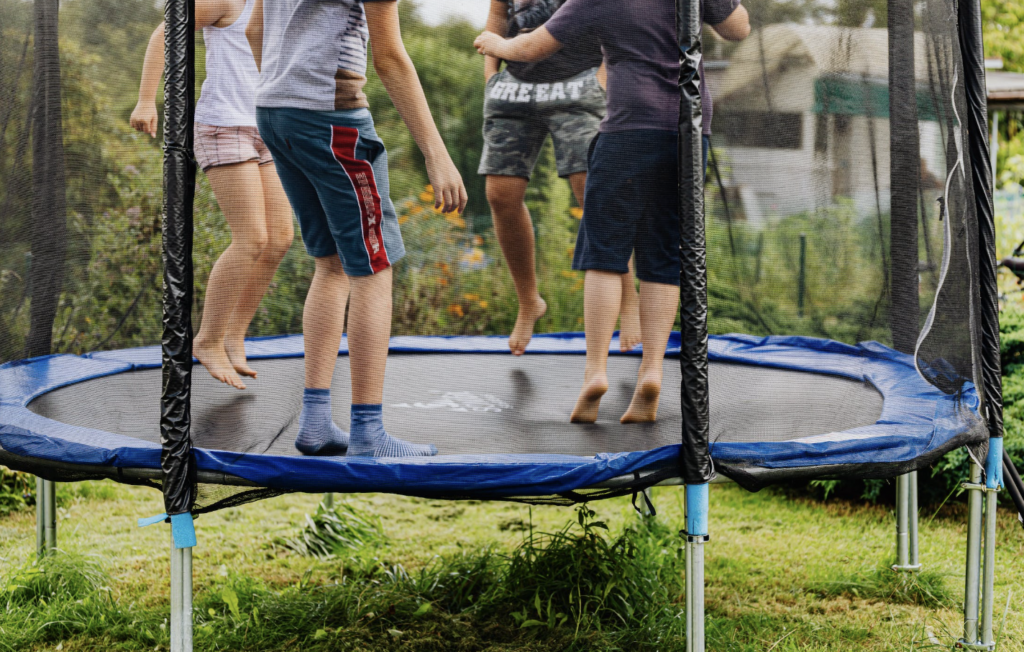Children’s day: parents spend 5-7 thousand HUF on toys
Hungarian families typically spend HUF 5,000-7,000 on children’s birthday gifts based on recent research by REGIO JÁTÉK. The shopping frenzy starts 1-2 weeks before the holiday, when parents spend on average twice as much online as they do in stores, according to the toy retailer’s data. The most popular surprises are outdoor and creative games, books and coloring pages, and the most popular programs are the bouncy castle, trampoline and crafts.

According to a recent survey by REGIO JÁTÉK, 9 out of 10 families celebrate Children’s Day, for which they typically choose a surprise for HUF 5-7 thousand (41.5%). Most people start shopping 1-2 weeks before the holiday (45%), but relatively many (25%) leave the purchase of gifts until the last days. Half of the participants in the survey choose both online and in person, 30% only in person, while 21% look for the appropriate surprise exclusively in an online store.
“According to our sales data, the average store basket value for Children’s Day is 6,600 forints, while online we see twice as much, shopping baskets worth 13,200 forints”
– explained Dávid Gyaraki, marketing manager of REGIO JÁTÉK.
Related news
Time Out Market Budapest hosted 250 needy children for lunch
🎧 Hallgasd a cikket: Lejátszás Szünet Folytatás Leállítás Nyelv: Auto…
Read more >REGIO GAMES: billions in Christmas spending on the gaming market
🎧 Hallgasd a cikket: Lejátszás Szünet Folytatás Leállítás Nyelv: Auto…
Read more >Expensive start to school: GVH investigates suspected cartel
🎧 Hallgasd a cikket: Lejátszás Szünet Folytatás Leállítás Nyelv: Auto…
Read more >Related news
2025 was a black year for the Hungarian food industry: product lines under pressure on multiple fronts
🎧 Hallgasd a cikket: Lejátszás Szünet Folytatás Leállítás Nyelv: Auto…
Read more >The GVH imposed fines of more than 3.7 billion forints on 29 companies in 2025
🎧 Hallgasd a cikket: Lejátszás Szünet Folytatás Leállítás Nyelv: Auto…
Read more >Hungary’s economy in 2025: recovery from slowdown, weaker forint and the increasing importance of corporate strategic decisions 2026 will be a test of resilience
🎧 Hallgasd a cikket: Lejátszás Szünet Folytatás Leállítás Nyelv: Auto…
Read more >






